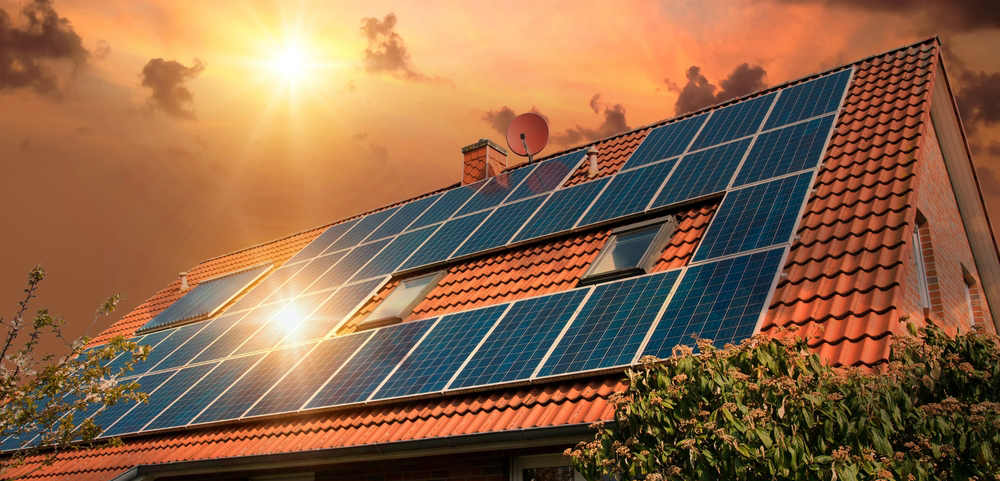The use of solar panels has become very common in all parts of the UK. These photovoltaic systems are widely adopted to tap into the sun’s energy and convert it into usable, storable, and renewable energy.
However, seasons change, and the earth is constantly revolving and rotating; all these lead to diminished functioning of the panels. It is at this point that the use of solar tracking systems comes in.
The main aim of this system is to maximise the conversion of solar energy all year round. It’s a system with different configurations, and each one determines how well optimised the solar panel angles will be. Read on to discover how these solar trackers work and how they benefit homes.
What Are Solar Trackers? How Do They Work?
Normally, solar panels are installed at a fixed tilt angle, usually 180° from the azimuth. At the same time, these panels don’t move and, as such, are only at peak level when the sunlight hits directly.
However, solar tracking systems allow for a modification of the tilt angle to ensure peak energy conversion year-round. In other words, solar trackers introduce movements to the base of the solar panel modules, leading to a change in direction.
Solar trackers achieve this through the installation of mechanical joints that offer either single or double-tilted axis movements.
What Are The Types Of Solar Tracking Systems?

The functioning of solar trackers is also dependent on the type and application. With that in mind, there are 3 basic solar tracking systems that play different but crucial roles in solar panel angles and performance.
- Active Solar Tracking System
These solar trackers contain electric motors or mechanical systems that trigger the automatic movement of photovoltaic modules to expose them directly to the sun. These systems combine into actuators that modify the position of the solar panel modules on either a single or double axis.
- Passive Solar Tracking System
The actuator of this tracking system is influenced by a compression gas fluid with a low boiling point. The principle behind its functioning is simple as well. As the gas fluid receives sunlight, it slowly boils, and as it boils, it expands, leading to a change in the tilt angle of the panels.
- Manual Solar Tracking System
Finally, the most basic of solar trackers. It’s a manual system that implements the use of mechanical joints installed at the base of the photovoltaic modules to adjust their position. The number of moving parts installed depends on whether the solar tracker has a single or double axis.
Pros Of Solar Tracking Systems
Certain perks come with adopting solar tracking systems into photovoltaic modules.
- They are applicable to both residential and commercial areas.
- They are flexible and can be adapted to any type of photovoltaic module.
- They ensure maximum power production by the panels.
- The solar tracking systems are easy to integrate.
Wrapping Up
These solar panel mounting rails and trackers have been made available by Solar Fasten UK to ensure that individuals and companies looking to get the best out of their solar panels can do so with minimal fuss.





